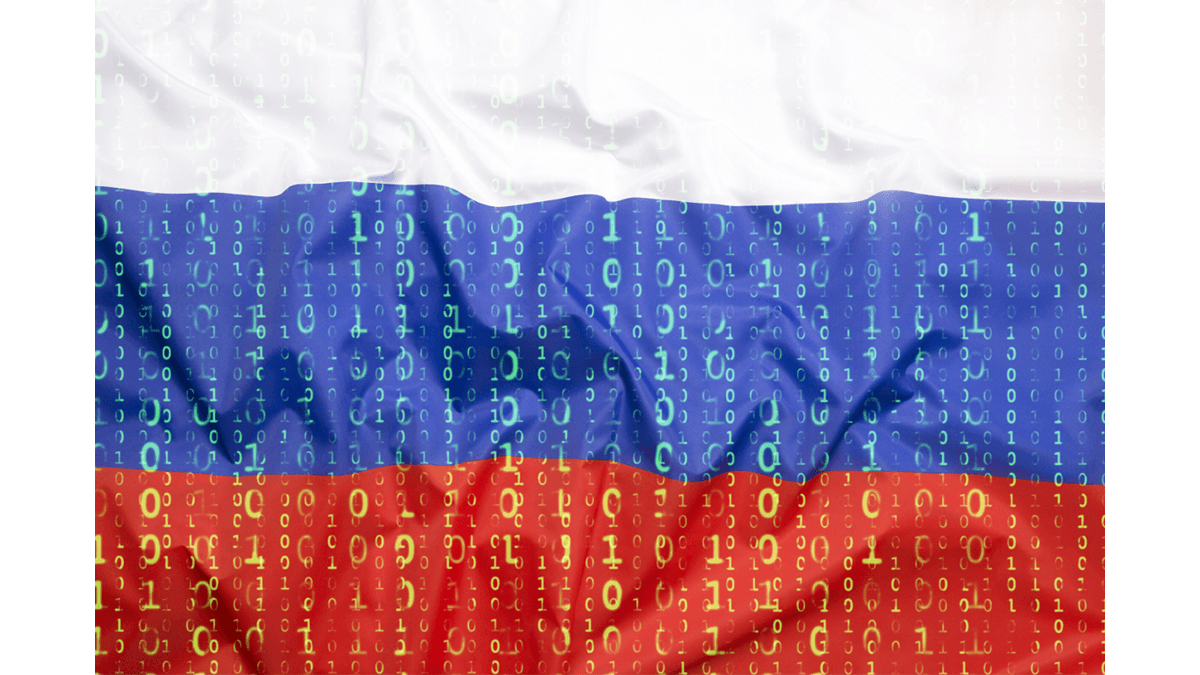
In a striking revelation that underscores the escalating tensions between Russia and Ukraine, a coalition of Western intelligence agencies has brought to light a concerning cyber threat. The threat group, widely recognized as Sandworm and linked to Russia’s military intelligence agency, has reportedly been engaged in a sophisticated campaign targeting Android handsets utilized by Ukrainian military personnel. This alarming revelation comes at a time when digital warfare is increasingly blurring the lines between traditional conflict and cyber confrontation.
 The coordinated effort to expose Sandworm’s activities was spearheaded by agencies from the Five Eyes intelligence alliance, a formidable coalition comprising Australia, Canada, New Zealand, the United Kingdom, and the United States. These agencies unveiled a comprehensive report confirming that the malware utilized in these attacks is closely associated with Russia’s GRU Main Intelligence Directorate. The malware, aptly named “Infamous Chisel,” represents a potent tool in the arsenal of these state-sponsored hackers.
The coordinated effort to expose Sandworm’s activities was spearheaded by agencies from the Five Eyes intelligence alliance, a formidable coalition comprising Australia, Canada, New Zealand, the United Kingdom, and the United States. These agencies unveiled a comprehensive report confirming that the malware utilized in these attacks is closely associated with Russia’s GRU Main Intelligence Directorate. The malware, aptly named “Infamous Chisel,” represents a potent tool in the arsenal of these state-sponsored hackers.
Infamous Chisel is not a mere piece of malicious software; it is a highly evolved malware strain with multifaceted capabilities. Reports from the joint international investigation detail its insidious functions, which include scanning files, monitoring network traffic, and exfiltrating sensitive data from compromised military devices. This complex malware not only infiltrates these Android devices but also establishes unauthorized access, effectively transforming them into conduits for data theft.
Further delving into the matter, the United States National Security Agency (NSA) and its international counterparts have initiated a thorough investigation into Infamous Chisel. Collaborating with the Australian National Cyber Security Centre (NCSC), as well as counterparts in New Zealand and Australia, the NSA aims to dissect the inner workings of the malware, understand its methodologies, and potentially devise countermeasures to neutralize its threat.
The origins of Infamous Chisel’s deployment are traced back to the cyber warfare operations of the GRU, a unit that has gained notoriety for its aggressive and stealthy tactics. A preliminary warning from the Ukrainian Security Service (SSU) revealed the presence of the malware, shedding light on the GRU’s efforts to exploit Android devices used by Ukrainian military forces. These revelations underscore the increasing importance of securing modern battlefield technologies, as cyber espionage blurs the boundaries of physical warfare.
Moreover, this episode demonstrates a shift in the tactics of Russian state-sponsored hackers. No longer content with disruptive cyberattacks, these actors are now focusing on highly targeted operations that offer strategic advantages on the battlefield. The disclosure of technical details surrounding Infamous Chisel by the U.S. government and its allies constitutes a significant stride towards understanding the intricacies of this evolving threat landscape.
The collaboration between intelligence and cybersecurity agencies across Five Eyes nations underscores the gravity of the situation. The British National Cyber Security Centre (NCSC), in conjunction with counterparts in the United States, Canada, Australia, and New Zealand, has produced a comprehensive report revealing a suite of hacking tools employed by Russia’s military intelligence service. This joint effort epitomizes the spirit of global cooperation required to combat the ever-evolving cyber threats that nations face.
As the world becomes increasingly digitized, the Ukrainian Android hacking incident serves as a stark reminder of the blurred lines between physical and digital conflict. The Infamous Chisel malware serves as a testament to the capabilities of state-sponsored hacking groups, highlighting the need for heightened cybersecurity measures and international collaboration to safeguard critical military infrastructure. In this new era of warfare, traditional boundaries are porous, and nations must strive to stay one step ahead of cyber adversaries seeking to exploit vulnerabilities for their strategic gain.

